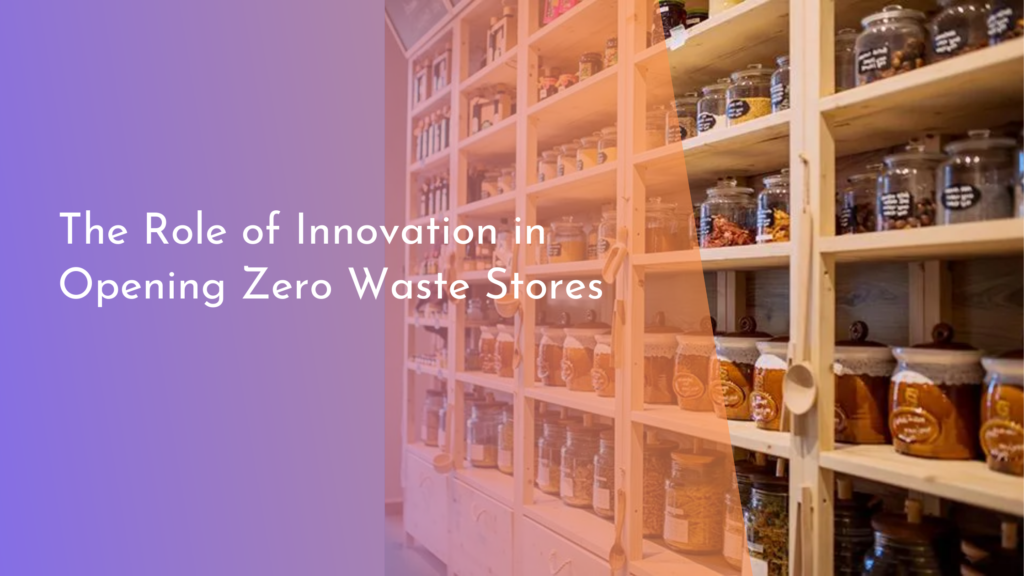The Environmental Impact of Water Harvesting
Water harvesting, an age-old practice, has gained renewed attention as an effective solution to address water scarcity and promote sustainable water management. As global concerns over water resources and ecological balance intensify, understanding the benefits and challenges of water harvesting becomes crucial. This article explores the techniques, positive environmental impacts, and potential challenges of water harvesting, ultimately shedding light on its role in paving the way for a greener future.
Understanding Water Harvesting Techniques
Water harvesting encompasses a variety of techniques designed to capture and store rainwater for future use. These techniques range from simple methods like rooftop rainwater collection to more complex systems such as underground cisterns and check dams. Rooftop rainwater harvesting involves collecting rainwater from surfaces where rain falls, directly into storage tanks. This method is particularly effective in urban areas where large surfaces can collect substantial amounts of water, providing an accessible and sustainable water source for domestic use.
In rural and agricultural regions, contour bunding and check dams are commonly employed. Contour bunding involves creating barriers along the contours of a slope, reducing water runoff and allowing it to seep into the ground. Meanwhile, check dams are small barriers constructed across streams to slow down water flow, increasing groundwater recharge. These techniques not only enhance water availability but also contribute to soil moisture conservation, supporting agricultural productivity and ecosystem resilience.
Positive Effects on Local Ecosystems
Water harvesting has numerous positive effects on local ecosystems, contributing significantly to environmental sustainability. By increasing water availability, these techniques promote the regeneration of vegetation, encouraging biodiversity. As plants and trees flourish, they provide habitat and food for various wildlife species, creating a balanced and thriving ecosystem. This biodiversity not only supports local food chains but also enhances the natural beauty of the area, attracting eco-tourism and fostering a deeper connection between people and nature.
Another significant impact of water harvesting is the improvement of soil health. The retained water increases soil moisture content, reducing erosion and enhancing soil fertility. This, in turn, supports agriculture, enabling farmers to cultivate diverse crops and maintain sustainable farming practices. As soil quality improves, there is a reduction in the need for chemical fertilizers, decreasing environmental pollution and promoting organic farming methods. Overall, water harvesting practices play a vital role in bolstering ecosystem resilience against climate change and supporting sustainable development.
Challenges and Considerations in Implementation
Despite its numerous benefits, water harvesting faces several challenges in implementation. One primary concern is the cost, especially in developing regions where financial resources are limited. Constructing and maintaining infrastructure for water harvesting can be expensive, requiring initial investment and ongoing maintenance, which may be challenging for communities to sustain. Additionally, there can be technical barriers, such as the lack of knowledge or expertise in designing and installing effective systems, further complicating their adoption.
Regulatory and policy considerations also play a significant role in the success of water harvesting initiatives. In some regions, there may be legal restrictions or bureaucratic hurdles that impede the development and expansion of water harvesting systems. Furthermore, ensuring equitable access to harvested water can be a challenge, as conflicts may arise over water rights and distribution. To overcome these barriers, it is crucial to foster community involvement, provide financial and technical support, and develop clear policies that encourage sustainable water management practices.
Concluding Thoughts on a Greener Future
The adoption of water harvesting techniques holds significant promise for building a sustainable and water-secure future. By recognizing the interconnectedness of water resources and ecosystems, societies can work towards more resilient and adaptable strategies that meet the needs of both people and the environment. Promoting water harvesting not only addresses immediate water scarcity concerns but also contributes to long-term environmental health and climate resilience.
In conclusion, water harvesting represents a proactive and practical approach to managing water resources sustainably. Despite the challenges, the potential environmental benefits and positive impacts on local communities make it a compelling solution. By embracing water harvesting techniques and addressing the associated challenges, societies can pave the way for a greener and more sustainable future, ensuring that water remains a vital resource for generations to come.

